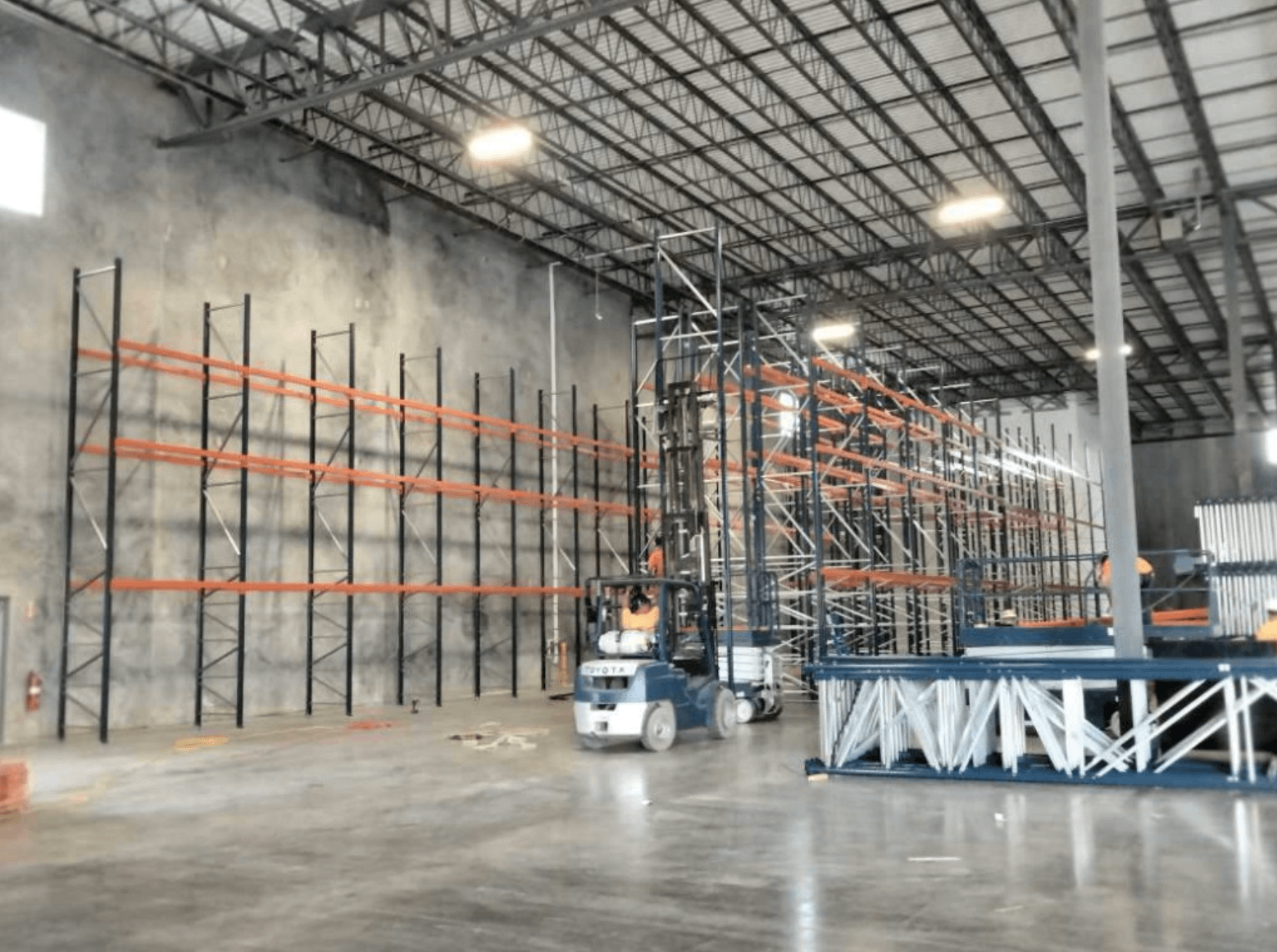Vertical farming may seem like an odd idea, but there are numerous benefits in comparison to normal outdoor cultivation. It’s definitely worth comparing vertical farming to outdoor cultivation if you’re trying to design your own farming layout. That way, you can choose the best system for your farming needs.
Density
One of the biggest differences between outdoor cultivation and vertical farming is how the space is used. Outdoor cultivation can only be planted along the ground, which wastes all the overhead space that vertical farming uses. This means that vertical farming is more efficient and has a higher density than other farming options.
Water Efficiency
Another major distinction between vertical farming and standard outdoor farming is water consumption. In general, vertical farming uses less water per plant due to its unique design that reuses water. This improves the eco-friendliness and the resource efficiency of growing a plant.
Indoors
Vertical farming can take place in a variety of different places, including indoors. This means that you can protect the plants from bad weather and pests quite easily. Indoor farming gives you full control over the farms to the point where you can grow foods out of season.
Location
Not only can you grow a vertical farm indoors, but you can also host a vertical farm basically anywhere. People install high-density vertical growing systems in their own houses, creating small gardens if they don’t have enough floor space. This is particularly useful for anyone who’s trying to maximize their space to grow as many crops as possible while remaining efficient.
These are the major differences you’ll find when comparing vertical farming to outdoor cultivation. As you can tell, vertical farming has a lot of advantages that regular farming doesn’t, but that doesn’t mean it’s flawless. At the very least, vertical farming requires a lot of labor to run efficiently, even if it’s for personal use.


